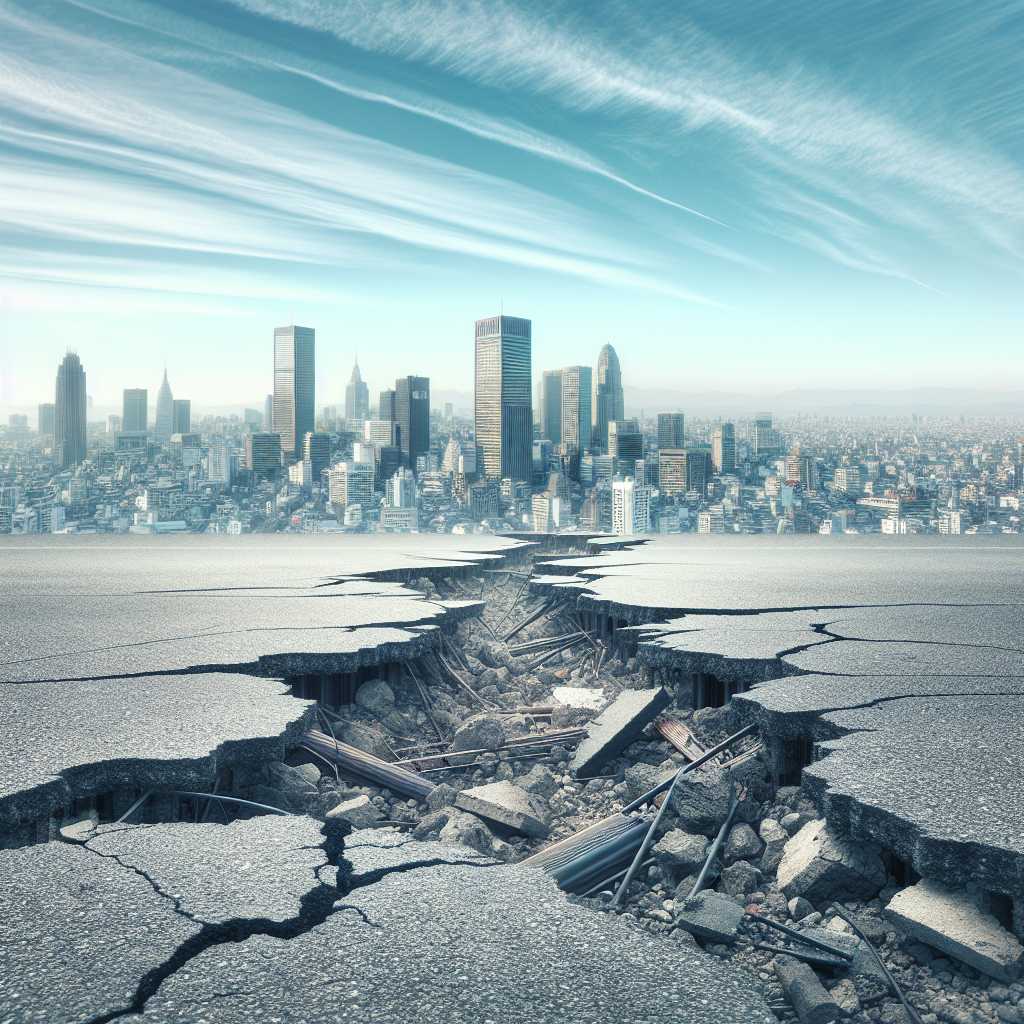Understanding Earthquakes in Los Angeles: A Comprehensive Overview
Earthquakes are an inextricable part of Los Angeles’s identity, a city that sits atop a complex network of active fault lines. The region’s geography and geology make it one of the most earthquake-prone areas in the United States. This comprehensive overview delves into the history, causes, preparedness measures, and impacts of earthquakes in Los Angeles, providing insights and important considerations for residents, policymakers, and researchers.
The Geologic Setting of Los Angeles and Its Seismic Activity
Southern California’s seismic activity is a direct consequence of its position along the Pacific Ring of Fire, where tectonic plates are constantly moving and interacting. At the heart of this activity is the San Andreas Fault, which runs north to south through the state and is responsible for some of the most significant tremors in California’s history. In addition to San Andreas, several other faults contribute to seismic risks in Los Angeles, including the Santa Monica fault, the Newport-Inglewood fault, and the Hollywood fault. Earthquakes result from the release of tension that builds as these plates grind against or slide past one another––a process that can generate powerful ground movements felt across long distances.
Historic Earthquakes That Shook Los Angeles
Throughout its history, Los Angeles has seen its fair share of notable earthquakes. Perhaps most infamous is the 1994 Northridge earthquake, which measured 6.7 on the Richter scale and caused widespread damage throughout the city. It underlined the importance of seismic retrofitting—as pre-1994 structures suffered significant harm—and shook awake a vivid awareness of earthquake risks among Angelenos. Earlier events like the Long Beach earthquake in 1933 prompted advances in building codes designed to mitigate earthquake damage. These historical precedents serve as both reminders and lessons for ongoing efforts to prepare for future seismic events.
Current Preparedness and Mitigation Strategies
Recognizing that another major earthquake is inevitable, governmental agencies such as FEMA alongside local officials have promoted various initiatives to improve earthquake resilience. Initiatives include stronger building codes that enforce the latest strategies in seismic retrofitting, public readiness campaigns such as the Great ShakeOut drills, emergency communication systems improvements, as well as investment in early warning detection technologies likes. These measures aim not only to save lives but also to reduce economic burdens by minimizing destruction.
The Imminent Threat of “The Big One”
For years, scientists and experts have warned about “The Big One” – a theoretical scenario referring to an extremely large earthquake expected to strike Southern California due to substantial stress along the San Andreas Fault or other significant regional faults. Efforts to forecast such events continuously evolve, with an acute focus on improving modelling techniques to better understand when and how these great quakes might occur, although exact predictions remain beyond current scientific capabilities.
Economic and Societal Impact of Seismic Activity
Each tremor carries with it a potential for destruction. Residential buildings are not alone; infrastructure such as roads, bridges, gas lines, and water delivery systems similarly face vulnerabilities. The financial ramifications span from immediate repair costs through long-term hikes in insurance premiums. Moreover, after-effects often persist within communities through disruptions to healthcare services, schools, businesses operation resulting sometimes in site-specific or widespread economic downturns.
Challenges for Urban Planning
Urban development in and around Los Angeles must consider seismic risks on an ongoing basis. City planners face unique challenges as they balance growth with safety measures—seeking to facilitate commerce while safeguarding human life and reducing fiscal impacts post-disaster recovery operations.
Notes
Image description: A cracked concrete pavement illustrates earthquake damage with scattered debris around it; in the background is a skyline of Los Angeles with clear skies indicative of post-earthquake assessments occurring during daylight hours.
